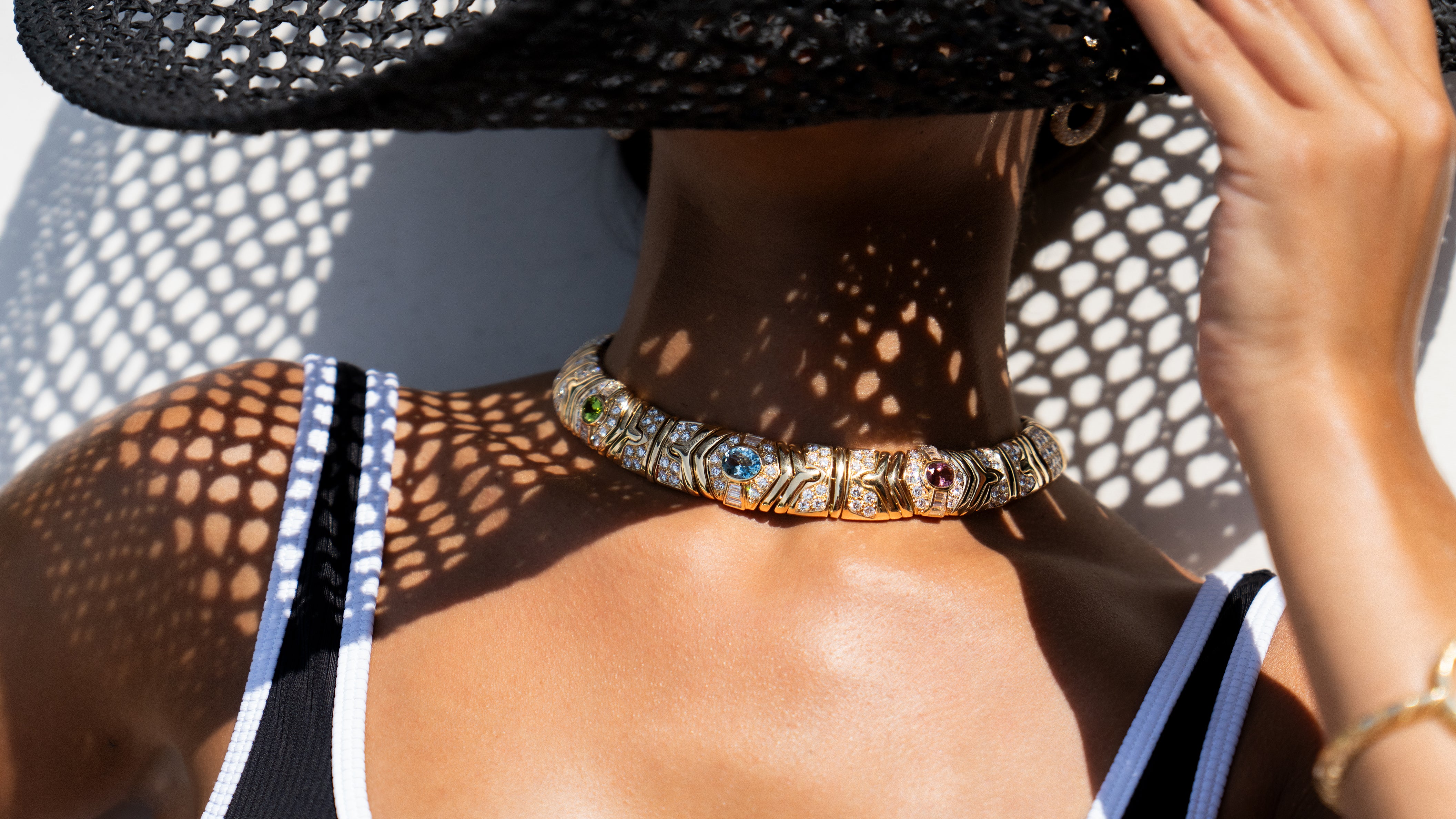Charlton & Company
He launched a company that bore his name, yet he only remained at the helm for a decade before he retired. But John Charlton’s eponymous company went on to design some of the most spectacular jewels of the Art Deco era.
Company Origins
John W. Charlton was an experienced jeweler when he decided to open his store on Fifth Avenue in New York City in 1909. Originally named J.W. Charlton, he changed the name of the company to Charlton & Company when Robert Chapin, his business partner, joined the firm.
Changes
The store moved to 634 Fifth Avenue, and the partners began to establish a reputation for fashionable, high-quality jewelry that reflected the tastes of the times. After just a decade of running his own business, however, John Charlton retired for health reasons in 1919, passing away in 1922 at the age of 55.
Grant Peacock, who had been part of Charlton & Company since 1916 when he graduated from Princeton, bought shares in Charlton’s business, along with his partner, James Todd.
The Roaring Twenties were just around the corner, and the Art Deco movement was gaining traction. The firm was perfectly positioned to make its fortune.
The French Connection
One of the company’s most valuable assets was French jewelry designer Maurice Duvalet. At a time when Americans were going crazy for European jewelry trends, particularly those that originated in Paris, Duvalet was in a unique position to travel to the country of his birth and keep Charlton on the cutting edge of current styles. Each time he returned to New York, he would adapt the latest Parisian styles for Charlton’s American clientele, creating breathtaking pieces.
While Duvalet focused primarily on diamonds, producing wide bracelets, long pendants, and jabot pins, he was also renowned for his colorful gemstone rings. All incorporated the themes that defined the Art Deco era. His designs are characterized by his use of high-quality gemstones, distinctive motifs, and meticulous attention to detail.
Duvalet shared some of the spotlight with designs imported from many of the most excellent French jewelry workshops of that time. These included Verger Frères. Charlton sold many of Frères’ jeweled timepieces, including a stunning Chinoiserie clock that featured a mother-of-pearl and lacquer dial and a very intimidating dragon.
A Future King Becomes a Patron
In 1924, Charlton was visited by Edward, Prince of Wales, who brought prestige to the house when he bought a two-tone gold cigarette case during a trip to New York. The case showcased stripes of yellow and rose gold. The distinctive style became so popular, it started a rage for engine-turned detailing. The fascinating new objet d’art was nicknamed the Prince of Wales Cigarette Case. The design was soon being replicated in vanity cases, lighters, match cases, and other accessories.
Expansion
Charlton continued to grow throughout the 1920s, expanding and opening branches in Palm Beach, Florida, as well as on the Rue de La Paix in Paris.
Decline
Sadly, like many retailers of that age, the Stock Market Crash of 1929 and the subsequent Great Depression decimated the once-great jeweler. Charlton was forced to close its branches and workshop and release Duvalet, who found new success at Van Cleef & Arpels.
Upon the death of James Todd in 1943, Robert Chapin, the original Charlton partner, retired. Peacock took over ownership of the firm, including its archives, and renamed the business Grant A. Peacock.
Jewels from Charlton & Company turn up from time to time at prestigious auction houses, commanding impressive prices. Clearly, the appeal of these Art Deco treasures is timeless. The artful designs and high-quality metals and gemstones employed in the making of Charlton jewelry ensure they will be treasured for decades to come.
Notables
“Fruit Salad” or “Tutti Frutti” jewelry was a popular style that took hold during the Art Deco era. It employed bunches of colorful gemstones and diamonds in stunning arrangements. An example that Charlton & Company produced was in the form of a bracelet and featured emeralds, rubies, and diamonds in a celebration of spring. Vines, leaves, flowers, and berries were depicted using the diamonds and color gems in an openwork design.
An Edwardian ribbon-like necklace was fashioned in platinum with openwork links, decorated with over 600 old European-cut, rose-cut and old mine-cut diamonds.
A pair of dress clips designed in a geometric pattern featured sapphires and diamonds. The look was completed with seven pearls for each clip. The pair of clips were meant to be positioned at angles on a lower neckline.
